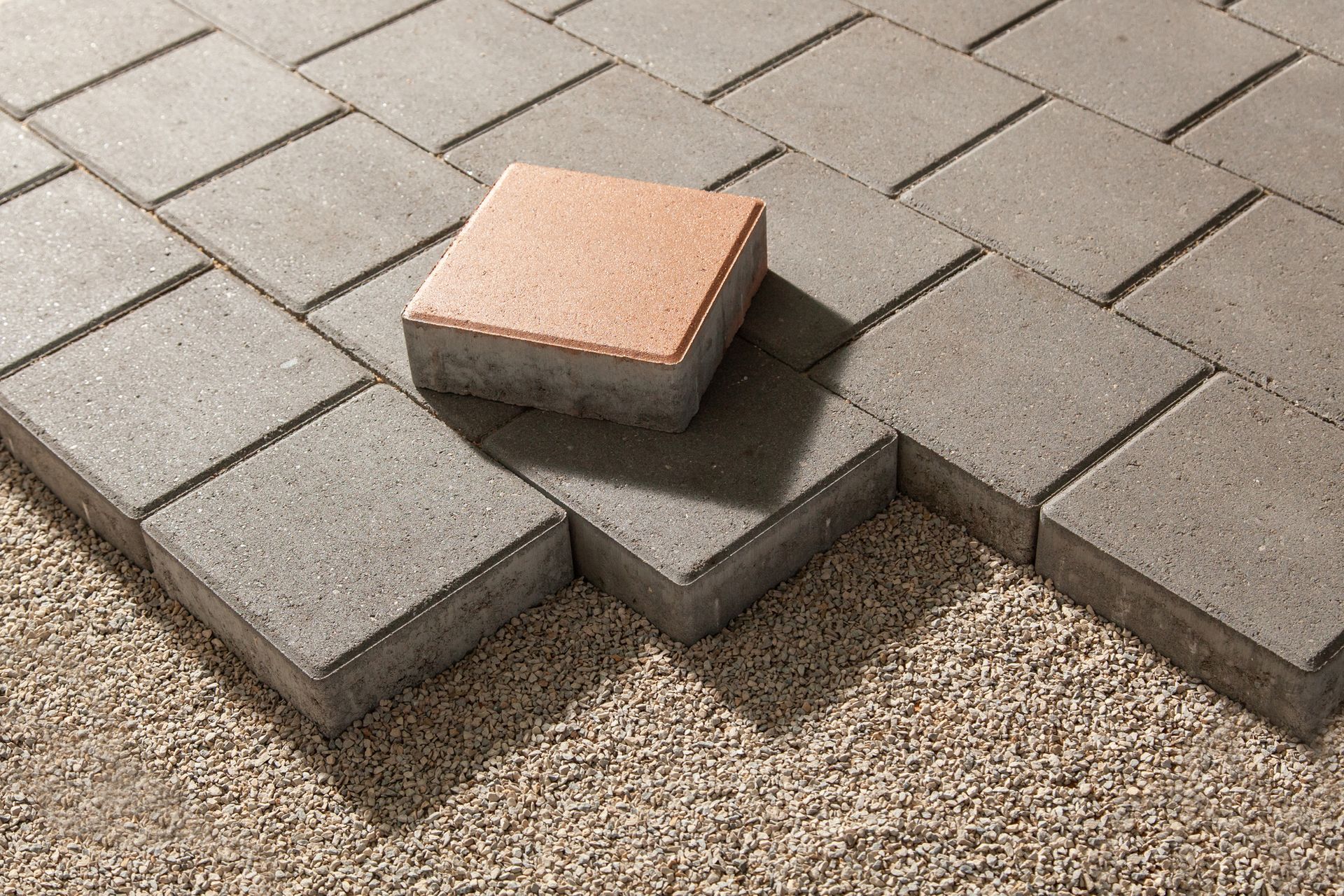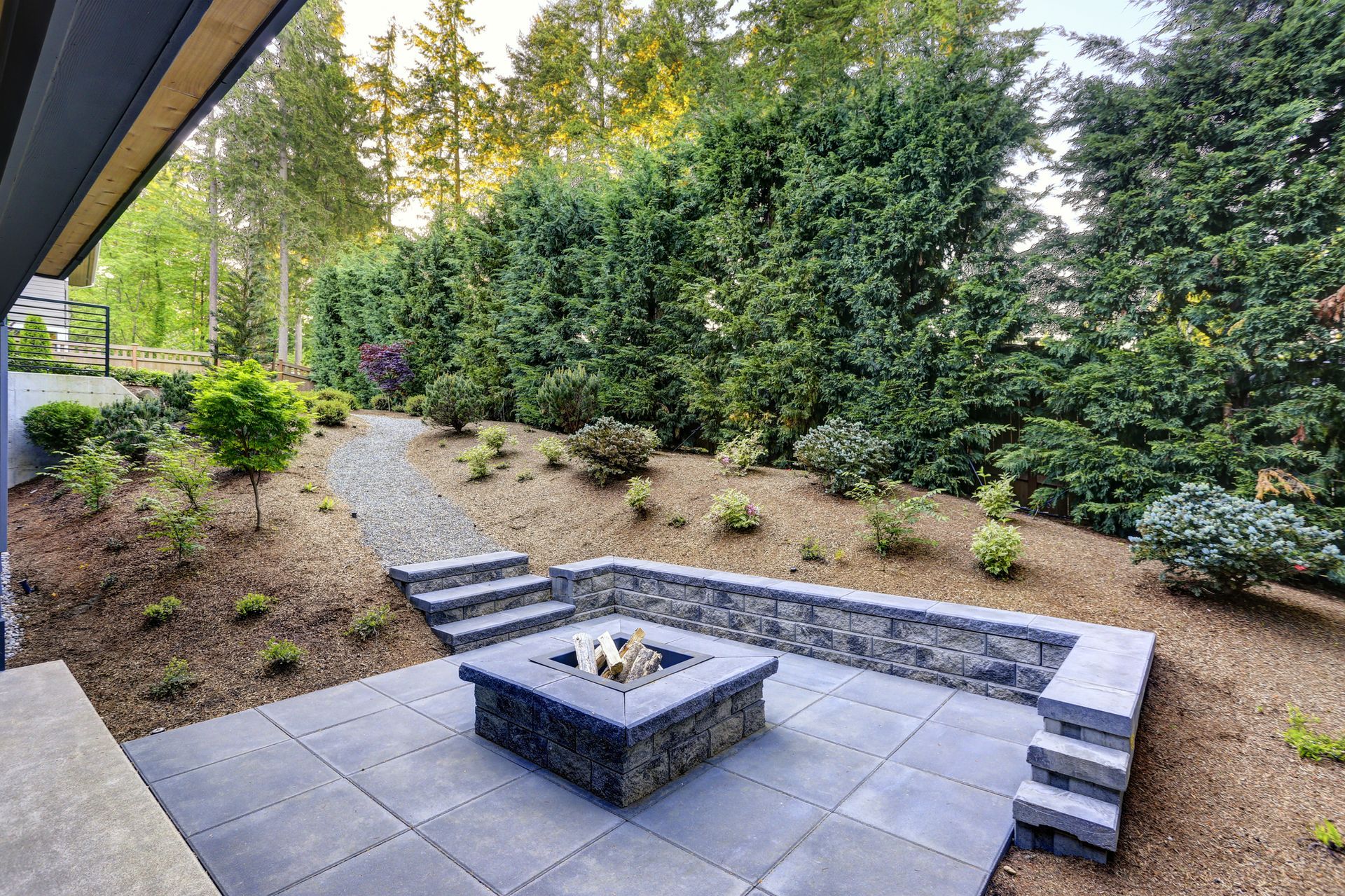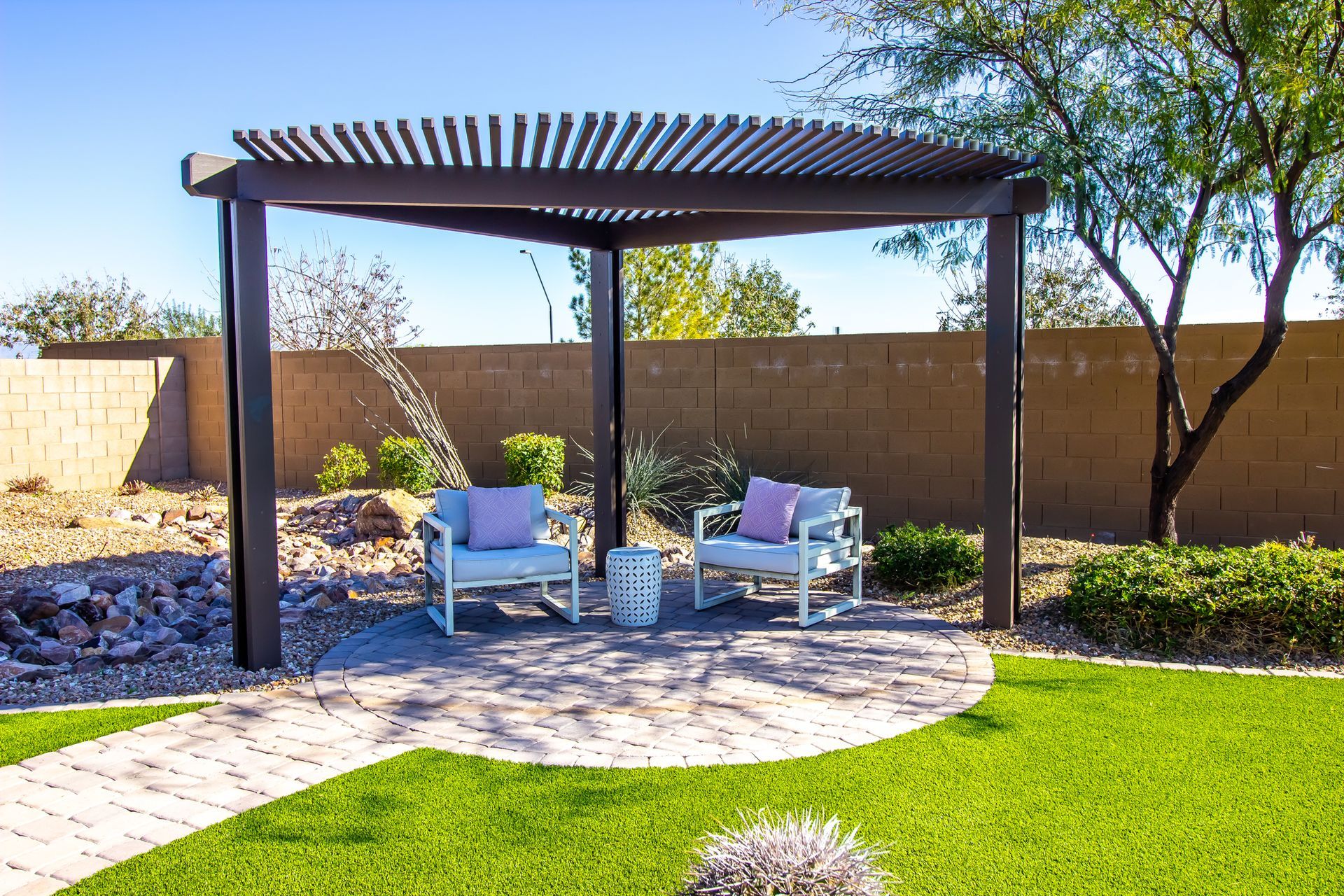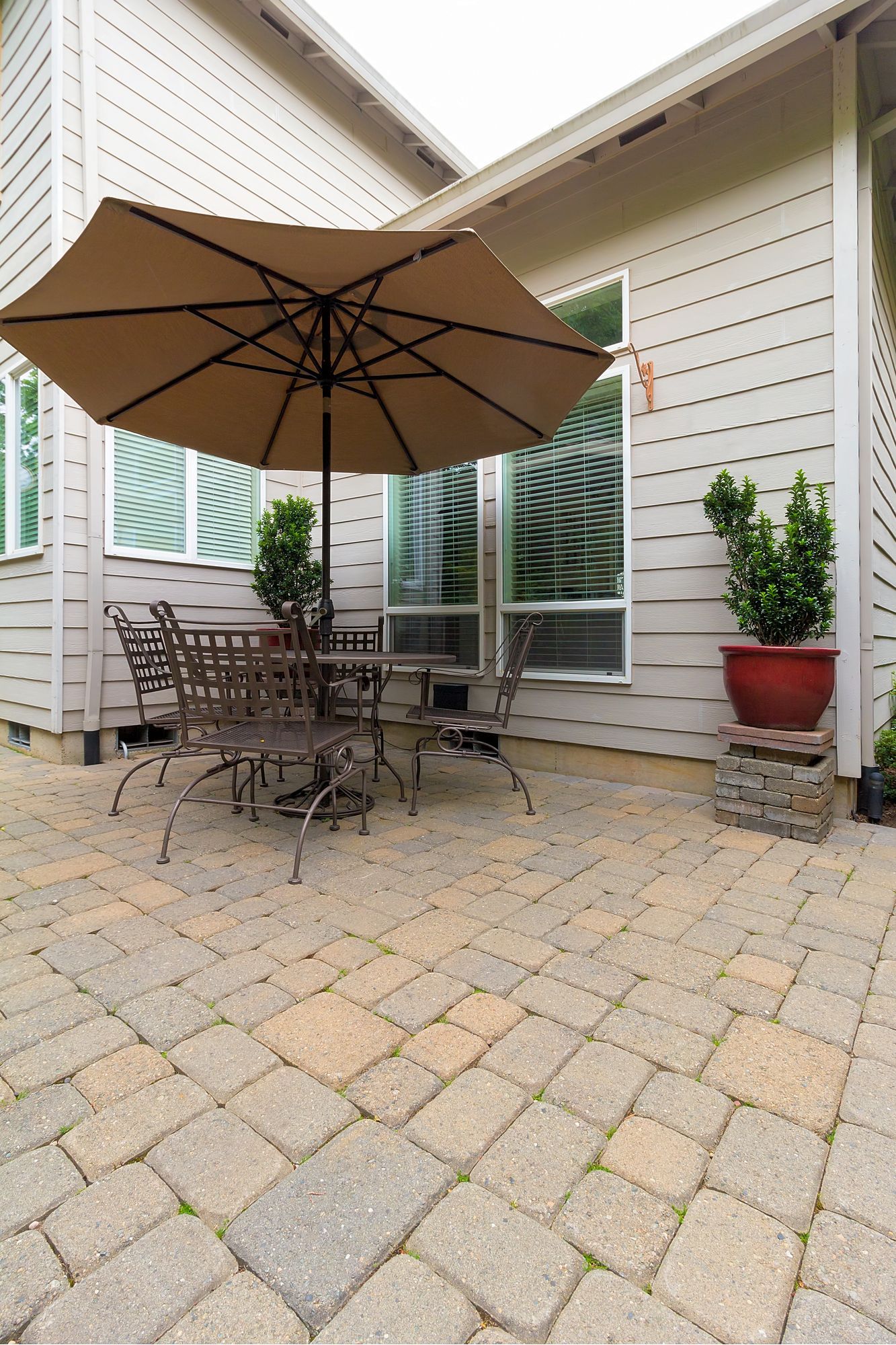Exploring the Role of Rocks in Hardscaping: The Timeless and Resilient Landscapes
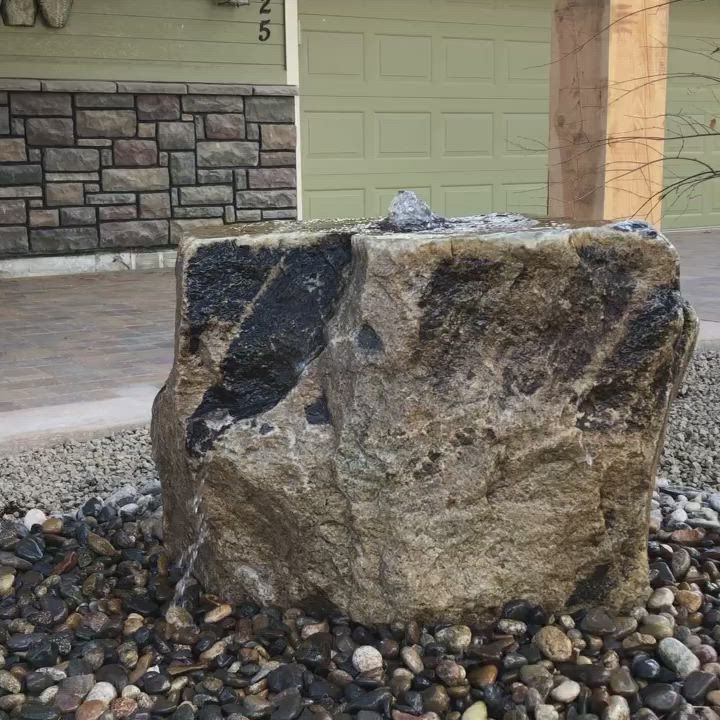
Hardscaping is a popular choice for many homeowners and gardeners who are looking to create an attractive outdoor living space. It often includes elements such as stone walls, pathways, patios, seating areas, and other features that add visual interest.
One of the most common materials used in hardscaping projects is rock. But what exactly makes rocks ‘hardscaping’? This article will explore this question by examining the characteristics of rocks and how they fit into the definition of hardscaping.
Contact Us
We will get back to you as soon as possible.
Please try again later.
It will also discuss some examples of hardscaping involving rocks and consider the benefits of using them in your own landscaping project. By reading this article, readers can gain insight into whether or not rocks should be considered part of their hardscaping plans.
What Is Hardscaping?
Hardscaping is the process of adding hardscape elements to a landscape design. A hardscape element can be constructed from many different materials, including rock types such as granite and limestone.
Hardscape designs are often used in gardens, patios, walkways, driveways, walls, and decks. The use of rocks for hardscaping has become increasingly popular due to their durability and the variety of colors and textures they add to any outdoor space.
Rocks are typically grouped together in patterns or pathways that create an inviting atmosphere while providing functional spaces within the landscape. Additionally, rocks can also be used to construct retaining walls, which help with erosion control or water management issues.
Rocks can provide a unique look when incorporated into a landscape design. They can give areas character by creating interesting shapes and incorporating natural features like pools or streams. Rocks come in various sizes and colors, giving designers great flexibility for designing custom looks for each project.
With careful planning and the selection of appropriate rock types, a designer may achieve stunning results that will last for years to come.
Characteristics Of Rocks
Hardscaping refers to the incorporation of hard, nonliving elements into a landscape. These features are often used for aesthetic purposes and can include materials such as pavers, stones, rocks, gravel, pebbles, wood chips, and more.
- Longevity and strength. One of the main reasons rocks are used in hardscaping is because they are the most durable and long-lasting material. Rocks can stand up to harsh weather, foot traffic, and other outdoor factors without losing their strength or beauty over time, unlike synthetic materials. When they are put in the right way, rock features can last for decades. This makes them a sustainable and cost-effective way to build hardscapes.
- The Beauty of Nature. There's no denying that rocks are beautiful on their own, and using them in hardscaping can add a touch of natural beauty to any yard. Rocks come in many different shapes, sizes, textures, and colors, so they can be used to make any kind of design. Whether you like the rough look of boulders or the smooth beauty of polished stones, rocks can fit into any setting and go well with the plants that are already there.
- Design that can be changed. Rocks are very flexible, so hardscape artists can use them to make a wide range of features and structures. Rocks can be used to make many things that look good and serve a purpose, like retaining walls, paths, water features, and seating places. Also, they can be put together in ways that look natural and organic or in ways that are more structured and geometric, based on the design goal.
- Eco-friendly and easy to take care of. In a time when caring about the environment is very important, rocks are a hardscaping choice that is good for the environment. As a natural material, rocks don't need to be changed much and have less of an effect on the world than man-made materials. Also, they don't need much maintenance, so they don't need to be replaced or fixed as often. This makes them a good choice for the earth.
- Controlling natural drainage and soil loss. Using rocks in hardscaping is also useful because they can help with drainage and stop soil from washing away. When put in the right way, rocks can direct water flow, stopping soil erosion and keeping runoff under control during heavy rain. This feature helps keep the scenery together, which is especially important on sloped land where erosion can be a problem.
Additionally, they offer:
- Durability Factors. Rocks are incredibly strong and durable, which makes them ideal for areas with extreme weather conditions such as those exposed to heavy rain or frequent freezing temperatures. This helps ensure the integrity of your landscaping is maintained over time without having to worry about erosion or other damage caused by harsh environmental factors.
- Visual Appearance. The natural beauty of rocks adds a sense of sophistication and elegance to any yard or garden. Their texture also provides a rustic charm that won’t detract from the rest of your décor but will instead provide subtle accents that draw attention without overpowering the overall look.
- Cost Efficiency. Unlike many other types of hardscapes like bricks or concrete slabs, rocks are relatively inexpensive, making them accessible even on tight budgets. Furthermore, since there is no need for additional installation tools beyond shovels and rakes, labor costs associated with this type of feature can be kept low as well!
In short, adding rock elements to your hardscaping plan offers numerous advantages ranging from durability factors and visual appeal all the way through to cost efficiency, making it an excellent choice regardless of budget size or available space constraints.
Examples Of Hardscaping With Rocks
Rocks are a popular choice when it comes to hardscaping. They can add texture, dimension, and color to a landscape design. The placement of rocks is important in order to create maximum impact and help accentuate the overall look of an outdoor space. When used correctly, rock hardscaping can be stunningly beautiful. Rocks can come in a variety of sizes and colors, which allows for different arrangements and styles.
- Naturalistic Rock Gardens - Rock gardens are a classic example of hardscaping with rocks, often designed to mimic the rugged beauty of natural landscapes. These gardens incorporate a diverse array of rocks, ranging from small pebbles to large boulders, seamlessly integrated with carefully chosen plantings. The result is an enchanting blend of textures, colors, and heights that evoke a sense of serenity and tranquility. Whether nestled into a hillside or accentuating a flat landscape, naturalistic rock gardens are a captivating addition to any property.
- Serpentine Pathways - Hardscaping with rocks can be creatively employed to craft serpentine pathways that wind through gardens or lead to key focal points. Utilizing a variety of rock sizes and shapes, designers can create meandering walkways that add visual interest and encourage exploration. Serpentine pathways complement the natural flow of the landscape while offering a practical solution for guiding foot traffic and preventing soil compaction.
- Sturdy Retaining Walls - Rocks are a natural choice for building sturdy and visually appealing retaining walls. Whether used to terrace a sloped terrain or create different garden levels, rock retaining walls add structural integrity and prevent erosion. The irregularity and uniqueness of each rock provide a distinctive charm that complements the surrounding vegetation and enhances the overall landscape.
- Water Features and Ponds - Water features bring a sense of tranquility and relaxation to any outdoor setting, and rocks play a pivotal role in creating these captivating elements. From cascading waterfalls to bubbling streams, rocks are artfully positioned to direct the water flow and create soothing soundscapes. Natural-looking ponds surrounded by rocks offer a seamless transition between the water and the land, inviting wildlife and fostering a sense of harmony within the ecosystem.
- Outdoor Fire Pits and Seating Areas - Hardscaping with rocks can also extend the functionality of outdoor living spaces. Stone fire pits, encircled by seating areas crafted from large boulders or flat stones, create inviting spots for gatherings and entertainment. These fire pits not only provide warmth and ambiance but also blend harmoniously with the natural surroundings, making them a focal point for memorable moments.
For those who want something that stands out from the rest, incorporating colorful stones such as agates could also work well with other elements in the space like plants and trees. No matter what type of rock hardscaping is being done, planning ahead is essential for achieving the desired results. Understanding how each element will fit together in terms of size, shape, and style before starting any project helps ensure that everything works harmoniously once completed.
With careful consideration given to rock placement, anyone can create an attractive landscape design that adds value to their property for years to come.
Benefits Of Using Rocks In Hardscaping
Rocks are an integral part of hardscaping and offer a wide range of landscaping options. As one moves through their outdoor space, rocks can create a sense of visual rhythm like the gentle swell of ocean waves. This feature is often used to give gardens and pathways an inviting atmosphere that visitors will enjoy.
In addition to providing aesthetic appeal, rocks also bring numerous ecological benefits to any landscape project. Hardscaping with rocks can help manage stormwater runoff by trapping sediment and pollutants in the soil just below the surface layer. The large mass of rock helps reduce flooding risks as it blocks water from entering sewers or other bodies of water nearby.
Rocks also act as thermal storage for heat, meaning they absorb heat during the day but release it at night, leading to cooler temperatures around them, which makes them perfect for growing plants sensitive to temperature changes such as vegetables and fruits. Furthermore, these features provide habitat for birds, insects, small mammals, reptiles, and amphibians by creating sheltering crevices and offering food sources among the plant life that grows in rock beds.
When implemented properly into a design plan, rocks can be beneficial assets to both homeowners needing practical solutions and those maintaining beauty within their landscapes. With its natural ability to filter rainwater runoff and its ability to regulate air temperature when combined with vegetation; hardscaping with rocks is truly a win-win situation for those looking to add value and curb appeal to their property without compromising on environmental responsibility.
Tucson Pavers & Patios Can Help You With Your Rock Hardscaping
Hardscaping is a great way to enhance the beauty of any outdoor space. It requires careful consideration of materials and design, so that each element works together harmoniously to create an aesthetically pleasing landscape. Rocks have long been used in hardscaping due to their durability and versatility; they can be incorporated into many different designs for both practical and decorative effects.
When carefully selected, placed, and arranged, rocks can provide a stunning visual impact while also providing numerous functional benefits such as drainage control or erosion prevention. All things considered, it's clear that rocks are indeed a viable option for creating beautiful hardscapes, truly making them worth their weight in gold!
You might also like
Tucson Pavers & Patios Blog & News
Book a Service Today
We will get back to you as soon as possible
Please try again later
Navigation
Services
Working hours
- Mon - Wed
- -
- Thu - Sat
- -
- Sunday
- -


